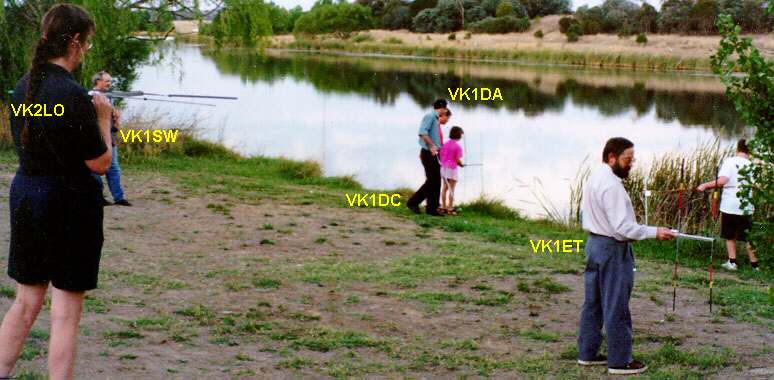Fox hunting or amateur radio direction finding
Also known as hidden transmitter hunts, fox hunting tests the skills of its participants by requiring the competitors to locate a hidden transmitter in some defined area. Using directional antennas and other direction-finding equipment, you can find the direction the transmitted signal is coming from.
Hunts can take place either on foot, or in vehicles, or both, and also have practical applications in developing skills for locating interference (intentional or otherwise) to communications.
Amateur Radio Direction Finding (or ARDF) has grown to become a worldwide sport, particularly strong in China and Eastern Europe.
The Victorian ARDF Group provides more information and info about their activities.
Fox hunts are conducted by amateurs at each major convention or field day, including the big events such as the Central Coast field day at Wyong in February, the SERG field day at Mt Gambier in June. Some clubs run transmitter hunts as practice for these events and to find interference sources.
Next: Internet repeater linking

